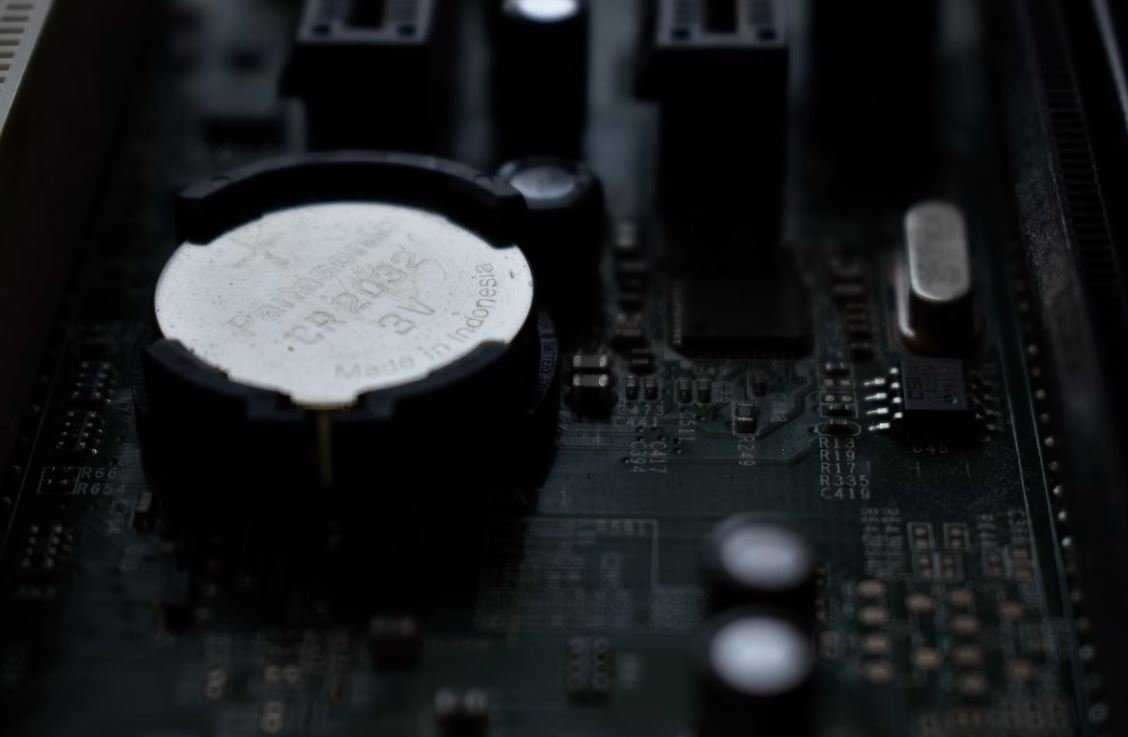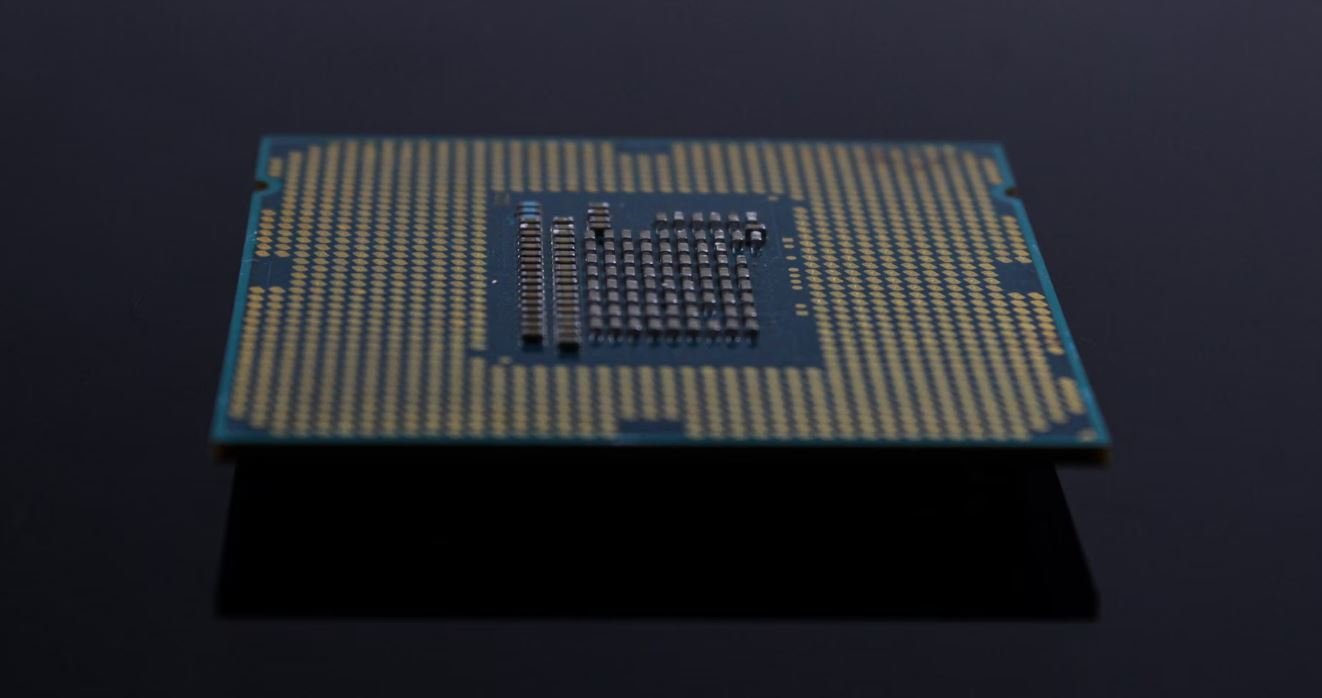AI Goods and Bads
Artificial Intelligence (AI) has rapidly become a significant part of our lives, revolutionizing various industries and enabling innovation. However, AI also raises concerns about confidentiality, privacy, job displacement, and ethical dilemmas. In this article, we will explore the goods and bads of AI.
Key Takeaways
- AI’s potential benefits include improved productivity, increased efficiency, and faster decision-making processes.
- Concerns about AI involve privacy issues, job displacement, and ethical implications.
- Transparency, accountability, and responsible AI development are crucial in mitigating the negative impacts of AI.
One of the primary advantages of AI is its ability to improve productivity. **By automating routine tasks**, AI systems can free up human resources, allowing them to focus on more complex and creative endeavors.
Furthermore, AI can enhance efficiency by **analyzing vast amounts of data** at a speed and accuracy beyond human capability. This can lead to better decision-making processes, optimized operations, and cost reduction.
*AI technology also has the potential to **revolutionize healthcare** by facilitating early disease detection, personalized treatments, and drug discovery.*
Privacy and Ethical Concerns
However, the increasing use of AI raises significant concerns about privacy and ethical implications. With the collection and analysis of extensive personal data, **there is a risk of privacy breaches** if the data is mishandled or falls into the wrong hands.
In addition, as the automation of jobs accelerates, there is a justified concern about **job displacement and unemployment**. While AI may create new job opportunities, it also necessitates upskilling and retraining for individuals whose professions become obsolete.
*Ethical dilemmas arise when AI is entrusted with making crucial decisions that impact human lives. From self-driving cars making split-second choices to algorithms influencing lending decisions, **difficult moral choices** must be addressed.*
The Importance of Responsible AI
Addressing the negative aspects of AI requires a commitment to transparency, accountability, and responsible development. **Developers and organizations should prioritize fairness**, explainability, and bias reduction in AI algorithms to ensure equitable outcomes.
Government agencies play a crucial role in **setting regulations and standards** to protect privacy, prevent discrimination, and ensure the responsible deployment of AI technologies.
*The development and adoption of ethical frameworks and guidelines for AI can help create a balance between innovation and societal well-being.*
Data Privacy Regulations
Various countries have implemented data privacy regulations to protect individuals’ information. Here are some notable examples:
| Country | Data Privacy Regulation | Implementation Year |
|---|---|---|
| European Union | General Data Protection Regulation (GDPR) | 2018 |
| California, United States | California Consumer Privacy Act (CCPA) | 2020 |
| Brazil | General Data Protection Law (LGPD) | 2020 |
Job Displacement Statistics
As AI and automation continue to advance, job displacement brings forth challenges and opportunities. Here are some statistics on job displacement:
- By 2030, AI could displace up to **20 million** manufacturing jobs globally.
- An estimated **54%** of all employees will need substantial upskilling by 2022 to meet the demand for new roles amid automation.
Conclusion
AI offers great potential for improving productivity, efficiency, and innovation. However, concerns regarding privacy, job displacement, and ethical decision-making processes must be addressed for AI to benefit society responsibly. By prioritizing transparency, accountability, and ethical development, we can ensure a future where AI is used for the greater good.

Common Misconceptions
Misconception 1: AI will take over the world
One common misconception about AI is that it will eventually take over the world and dominate humanity. This idea is often fueled by science fiction movies and books that depict AI in a dystopian manner. However, the reality is that AI is currently limited to specific tasks and it lacks the ability to have emotions, desires, or consciousness.
- AI is designed for specific tasks and lacks general intelligence
- AI algorithms are programmed by humans and follow predetermined rules
- AI cannot act outside the scope of its programming
Misconception 2: AI will replace human jobs
Many people fear that AI advancements will lead to widespread job loss and unemployment. While it’s true that AI can automate certain repetitive tasks, it also has the potential to enhance human capabilities and create new job opportunities. Rather than completely replacing humans, AI is more likely to augment existing work processes and improve efficiency.
- AI can automate mundane and repetitive tasks, freeing up human workers for more complex and creative work
- New job roles will emerge to oversee and maintain AI systems
- AI can generate insights and assist human decision-making, improving productivity
Misconception 3: AI is always accurate and unbiased
Some people believe that AI is infallible and always produces accurate and unbiased results. However, AI systems are only as good as the data they are trained on, and biases can creep into algorithms if not carefully addressed. It’s crucial to continually test and refine AI models to ensure fairness and mitigate algorithmic biases.
- AI systems can be trained on biased data, resulting in biased outcomes
- AI algorithms might make incorrect predictions or recommendations in certain scenarios
- Human intervention is necessary to validate AI outputs and correct errors
Misconception 4: AI is a recent concept
While AI has gained significant attention in recent years, it is not a new concept. The roots of AI can be traced back to the 1950s when the field of artificial intelligence was formally established. Over the decades, advancements in computer processing power and data availability have accelerated AI research and innovation.
- The term “artificial intelligence” was coined in 1956
- Early AI systems focused on logical reasoning and problem-solving
- AI research has gone through several waves of hype and disappointment
Misconception 5: AI will surpass human intelligence
There is a common belief that AI will eventually surpass human intelligence and become superior in every way. While AI has shown remarkable proficiency in specialized tasks, creating a machine that exhibits the same level of general intelligence and cognitive ability as a human is still a distant goal. Human intelligence encompasses various complex aspects that are challenging to replicate in an AI system.
- AI excels at specific tasks but lacks the comprehensive understanding and adaptability of human intelligence
- Human cognition involves emotions, consciousness, creativity, and moral reasoning, which AI currently lacks
- The development of artificial general intelligence (AGI) remains a subject of ongoing research and debate

Pros and Cons of AI in Healthcare
Artificial Intelligence (AI) has made significant advancements in the field of healthcare. This table provides an overview of the benefits and challenges associated with integrating AI technology into healthcare systems.
| Pros | Cons |
|---|---|
| Improved diagnostic accuracy | Privacy concerns |
| Efficient data analysis | Job displacement |
| Enhanced treatment planning | Lack of human judgment |
| Facilitates remote patient monitoring | Reliance on data quality |
| Reduced medical errors | Ethical dilemmas |
Impact of AI on Employment Opportunities
The integration of AI technology has widened the landscape of employment opportunities across various industries. This table outlines both the positive and negative effects of AI on the job market.
| Positive Effects | Negative Effects |
|---|---|
| Automation of repetitive tasks | Job displacement in certain sectors |
| Creation of new job roles | Skills mismatch |
| Increased productivity and efficiency | Training and upskilling costs |
| Enhanced workplace safety | Resistance to change |
| Improved customer experiences | Reduced demand for low-skilled labor |
AI in Education: Benefits and Concerns
The incorporation of AI in various educational settings presents new possibilities as well as potential challenges. This table highlights some advantages and concerns surrounding the use of AI in the field of education.
| Benefits of AI in Education | Concerns about AI in Education |
|---|---|
| Personalized learning experiences | Data privacy and security |
| Efficient administrative tasks | Loss of social interaction |
| Enhanced accessibility and inclusivity | Equity and access disparities |
| Improved student engagement | Reliability and accountability of AI systems |
| Adaptive tutoring and feedback | Overreliance on AI-based solutions |
Positive and Negative Effects of AI on Transportation
The application of AI in the transportation sector has revolutionized mobility. This table outlines the positive impacts as well as the potential downsides of integrating AI technology into transportation systems.
| Positive Effects | Negative Effects |
|---|---|
| Enhanced safety and accident prevention | Job displacement for truck drivers |
| Improved traffic management | Concerns about cyber threats |
| Efficient route planning and fuel consumption | Reliance on complex AI algorithms |
| Reduced congestion and travel time | Potential biases in AI decision-making |
| Increased accessibility for people with disabilities | Loss of driving skills and lack of human control |
Ethical Considerations in AI Development
The rapid advancement of AI technologies has raised crucial ethical questions that need careful consideration during development and deployment. This table presents some ethical concerns associated with AI development.
| Ethical Concerns |
|---|
| Unintended biases in AI algorithms |
| Transparency and interpretability of AI systems |
| Data privacy and security |
| Accountability for AI decision-making |
| Impact on human autonomy and control |
Benefits and Risks of AI in Finance
The integration of AI in the financial sector has transformed the way financial institutions operate. This table highlights the benefits and potential risks associated with the use of AI in finance.
| Benefits | Risks |
|---|---|
| Improved fraud detection | Increased vulnerability to cyber attacks |
| Enhanced customer experience | Reduced transparency in decision-making |
| Efficient risk assessment and management | Data breaches and privacy concerns |
| Automated trading and predictive analytics | Unintended errors and biases in AI systems |
| Cost savings and operational efficiency | Regulatory compliance challenges |
AI in Entertainment: Advantages and Disadvantages
The integration of AI in the entertainment industry has opened up new avenues for creativity and audience engagement. However, there are certain drawbacks to consider. This table explores the advantages and disadvantages of AI in entertainment.
| Advantages | Disadvantages |
|---|---|
| Personalized content recommendations | Potential loss of human creativity |
| Improved content curation and targeting | Job displacement in certain creative roles |
| Enhanced visual effects and virtual reality | Privacy concerns in user data analysis |
| Efficient content production and distribution | Overreliance on AI algorithms |
| Real-time audience engagement and feedback | Potential biases in AI-generated content |
AI Impact on Environmental Sustainability
The potential of AI to contribute to environmental sustainability has drawn considerable attention. This table presents the positive impacts and potential challenges associated with utilizing AI for environmental purposes.
| Positive Impacts | Challenges |
|---|---|
| Efficient energy management | E-waste generation and disposal |
| Improved climate modeling and prediction | Data privacy concerns in environmental monitoring |
| Optimized resource conservation | Reliance on energy-intensive computational systems |
| Effective pollution monitoring and mitigation | Loss of human connection to nature |
| Support for sustainable agriculture and forestry | Ethical concerns in geoengineering applications |
AI in Agriculture: Benefits and Challenges
The use of AI in agriculture has the potential to revolutionize food production. However, some challenges need to be carefully addressed. This table outlines the benefits and challenges associated with the integration of AI in agriculture.
| Benefits | Challenges |
|---|---|
| Improved crop yield and disease detection | Upfront costs of AI implementation |
| Enhanced soil and water management | Ethical concerns in genetic engineering |
| Efficient use of resources | Access to AI technology for low-income farmers |
| Precision agriculture and autonomous farming | Lack of reliable connectivity in rural areas |
| Minimized environmental impact | Resistance to technological changes among farmers |
Conclusion
Artificial Intelligence brings both benefits and challenges across various sectors. The tables presented in this article provide a glimpse into the positive impacts and potential downsides of AI integration in healthcare, employment, education, transportation, ethics, finance, entertainment, environmental sustainability, and agriculture. It is important to carefully consider the ethical implications and potential risks associated with the rapid adoption of AI technologies. By harnessing the benefits and addressing the challenges, we can strive to create a future where AI enhances human potential and improves our overall well-being.
AI Goods and Bads – Frequently Asked Questions
What is AI?
AI, also known as Artificial Intelligence, refers to the development of computer systems capable of performing tasks that typically require human intelligence, such as visual perception, speech recognition, decision-making, etc.
What are the benefits of AI?
AI offers numerous benefits, such as automating repetitive tasks, increasing efficiency, enhancing productivity, improving decision-making, enabling personalized experiences, revolutionizing healthcare, transforming industries, and fostering innovation.
What are the risks and ethical concerns associated with AI?
AI poses various risks and ethical concerns, including job displacement, privacy breaches, algorithmic bias, lack of transparency, potential for misuse in surveillance, cybersecurity threats, and the ethical implications of autonomous decision-making.
How does AI impact employment?
AI has the potential to automate certain jobs, leading to job displacement in some sectors. However, it can also create new job opportunities, particularly in fields requiring AI expertise, and enable humans to focus on tasks that require creativity, critical thinking, and emotional intelligence.
Can AI replace humans?
While AI can perform certain tasks with high accuracy and efficiency, it cannot fully replace humans. AI lacks human-like consciousness, empathy, intuition, and adaptability, which are crucial for complex decision-making and tasks that require creativity, emotional intelligence, and social interactions.
How can AI be used in healthcare?
AI has vast potential in healthcare, including diagnosing diseases, assisting in medical image analysis, drug discovery, identifying treatment plans, monitoring patient data, predicting outbreaks, personalized medicine, and telemedicine. AI can significantly improve healthcare outcomes and patient care.
Is AI a threat to humanity?
AI can be a potential threat if not carefully developed and regulated. There are concerns regarding the development of superintelligent AI that could surpass human abilities and potentially act against human interests. However, with responsible development and appropriate safeguards, AI can be harnessed for the benefit of humanity.
Are AI algorithms biased?
AI algorithms can be biased if the underlying data used to train them is biased. Biases in AI can lead to discriminatory outcomes, such as in hiring practices or criminal justice systems. Efforts are being made to address these biases by improving data quality, increasing diversity in AI development teams, and promoting transparency.
How can AI be regulated to ensure ethical use?
Regulating AI involves establishing ethical guidelines, promoting transparency and accountability in AI development and deployment, addressing biases, ensuring privacy protection, fostering collaboration between industries and policymakers, and continuously monitoring and updating regulations according to evolving technologies and societal needs.
What is the future of AI?
The future of AI holds immense possibilities. It will likely continue to advance and impact various aspects of our lives, including healthcare, business operations, transportation, entertainment, education, and more. It is essential to prioritize responsible development, ethical considerations, and regulation to ensure a positive and inclusive AI-driven future.





